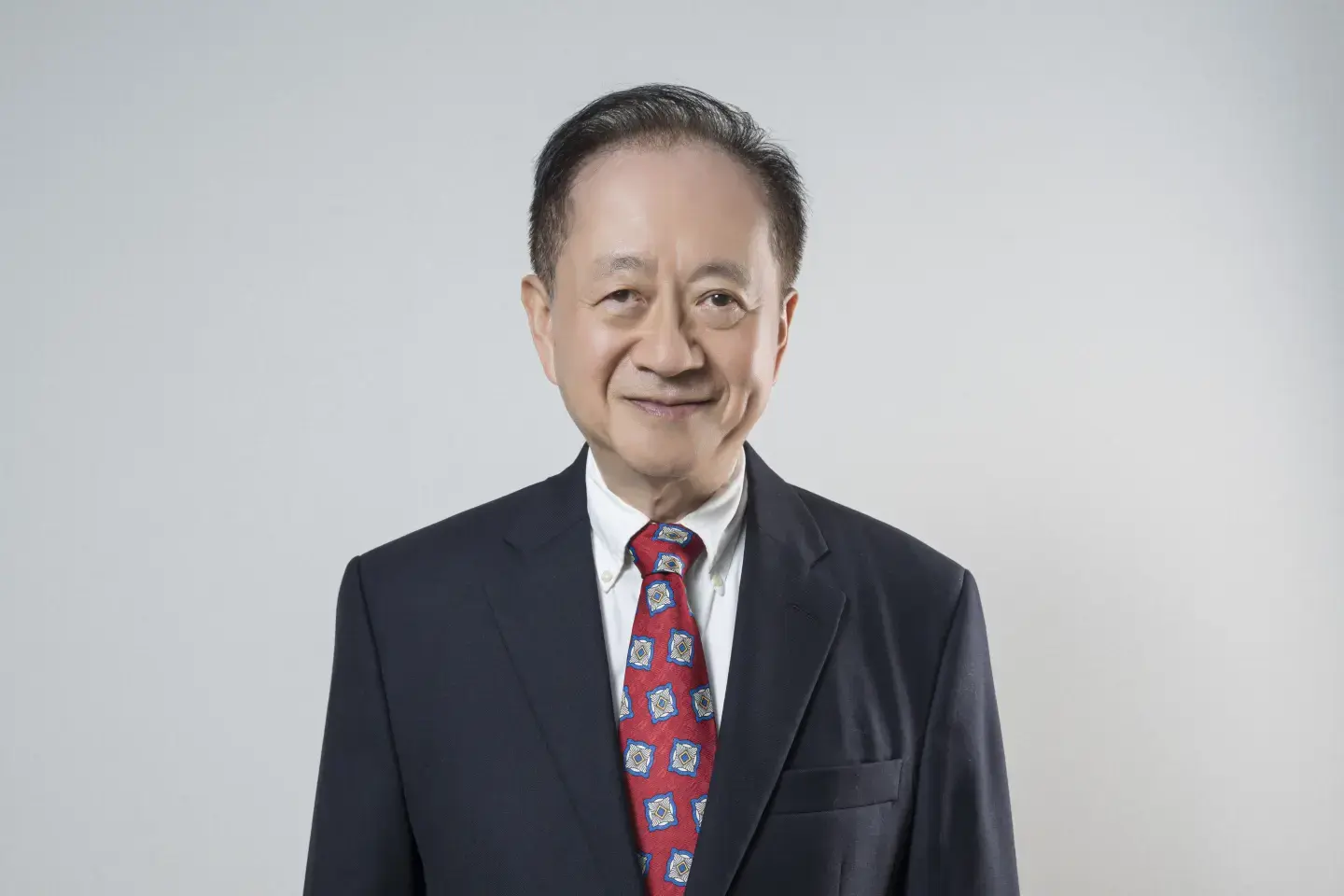
(This article is the preface to The Light on the Chip Island)
I am grateful to Hung-Wen for giving me the opportunity to read his new book The Light on the Chip Island in advance. He told me that my name appears many times in the book, so he asked me to read the draft first, provide suggestions and point out anything that needed correction, and also to write a preface.
That weekend afternoon, after lunch I felt a little drowsy, so I took my iPad and sat on a recliner to open the draft file. I thought I would soon fall asleep, but before long my sleepiness was gone, and by the time I finished reading it in one go, it was already dark. This was because the book stirred many memories for me, filled in things I had not known before, and often made me think: “Huh, how does he even know this?”
Personally, I have always believed that nothing man-made can be absolutely flawless. As for this book, as long as the important facts do not contradict what I know to be true, the viewpoints—whatever they may be—are acceptable. Therefore, even though Hung-Wen asked me many times, I did not make any suggestions for changes.
The first part of this book is like telling history, centered on Founder Chang, using time as the axis. It records the hardships of TSMC’s preparation and establishment, the era of fierce competition between the two wafer giants, the industry’s attention on the 0.13-micron achievement, the stage when TSMC stood as one of the “big three” along with Intel and Samsung, and today’s position as the global leader in semiconductor logic process technology. This book leaves a truthful record of those important milestones and offers a moving depiction of a brilliant success story.
The second through fifth parts are the more distinctive sections of this book. The author organized many cases he knew into categories, resembling simplified versions of the case studies often used in prestigious foreign business schools. Compared with the historical narrative of the first part, the second through fifth parts are the result of the author’s collection and organization of data, followed by his thinking and digestion.
Founder Chang often gave lectures in the company. I remember one of them was about how to learn. The first step, he said, is to collect data and numbers. To faithfully convey his meaning, let me quote the English words he used at that time. Learning means filtering and organizing to raise data into more meaningful information, then thinking carefully to extract the most important knowledge and insight. By further internalizing this knowledge and insight, and firmly remembering them, one can later apply them freely. From this perspective, The Light on the Chip Island contains more thought and refinement than most other works I have read.
From another perspective, I have also read many books or articles of analysis reports, especially in specialized fields. Authors who are not insiders of the profession often rely only on the limited materials they gather, use logical reasoning, and derive conclusions. Their logic is sound, their arguments persuasive and pleasant to read, but sometimes their conclusions are wrong. This is because there are relevant professional details they did not gather or fully understand, and they end up over-interpreting. However, the author of this book has struck just the right balance here. In his analyses, he reports conclusions with responsibility where he is confident, without over-interpretation. I believe his background in Electrical Engineering from National Chiao Tung University played a major role here.
As someone who has served at TSMC and worked on the chip island for many years, I want to say to Hung-Wen: I am very glad you devoted so much effort to completing this book. And I also want to say to readers: thank you for deciding to read this book. I hope you will enjoy it as much as I did.
Chiang Shang-Yi
May 20, 2023, Taipei
Introduction of Recommender
Shang-Yi Chiang 蔣尚義 is a distinguished Taiwanese semiconductor executive who earned a Ph.D. in Electrical Engineering from Stanford University. He served as co-COO and Senior VP of R&D at TSMC, and later held key leadership roles such as Vice Chairman at SMIC and Semiconductor Strategy Chief at Foxconn. His expertise spans decades of industry leadership and innovation in the global semiconductor sector.
